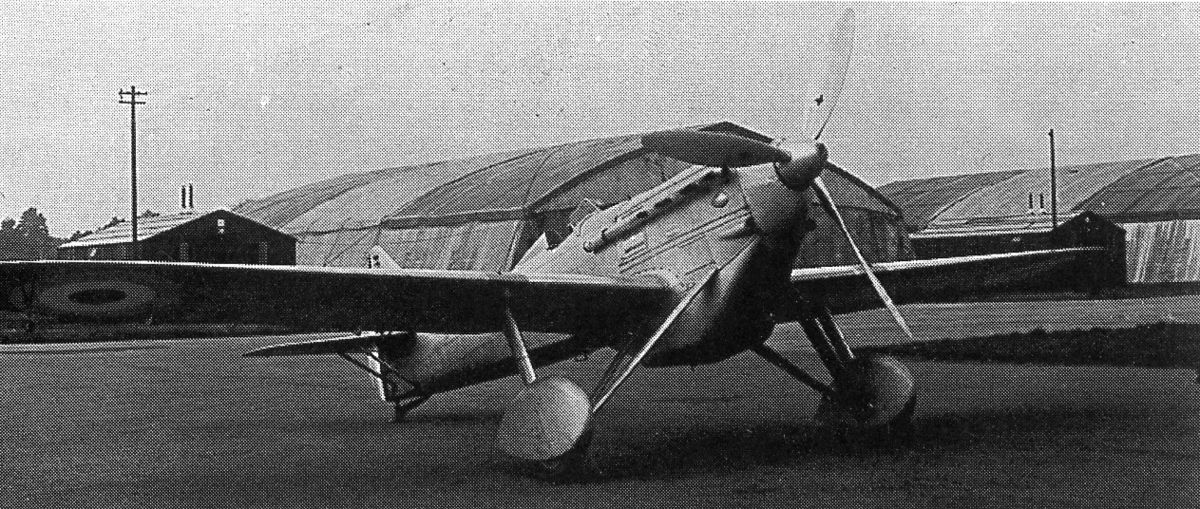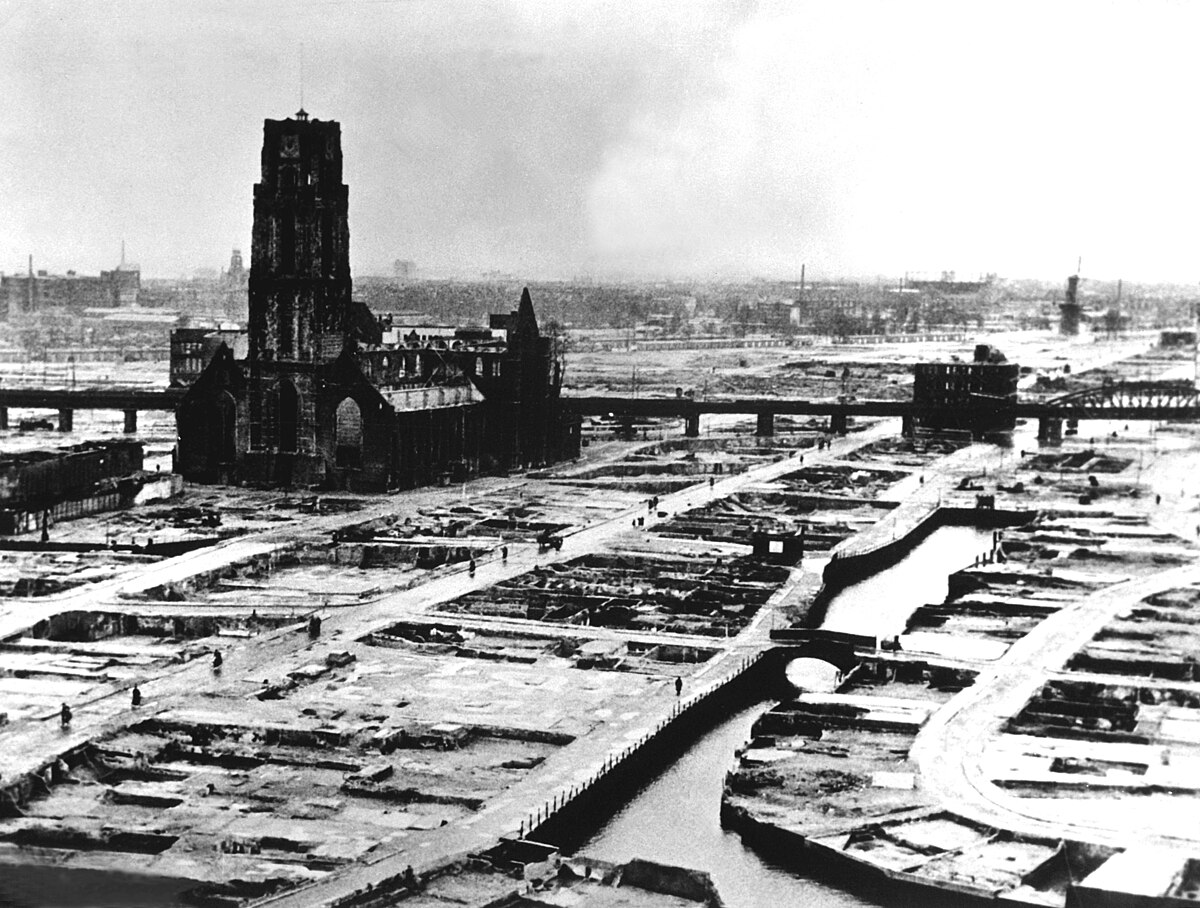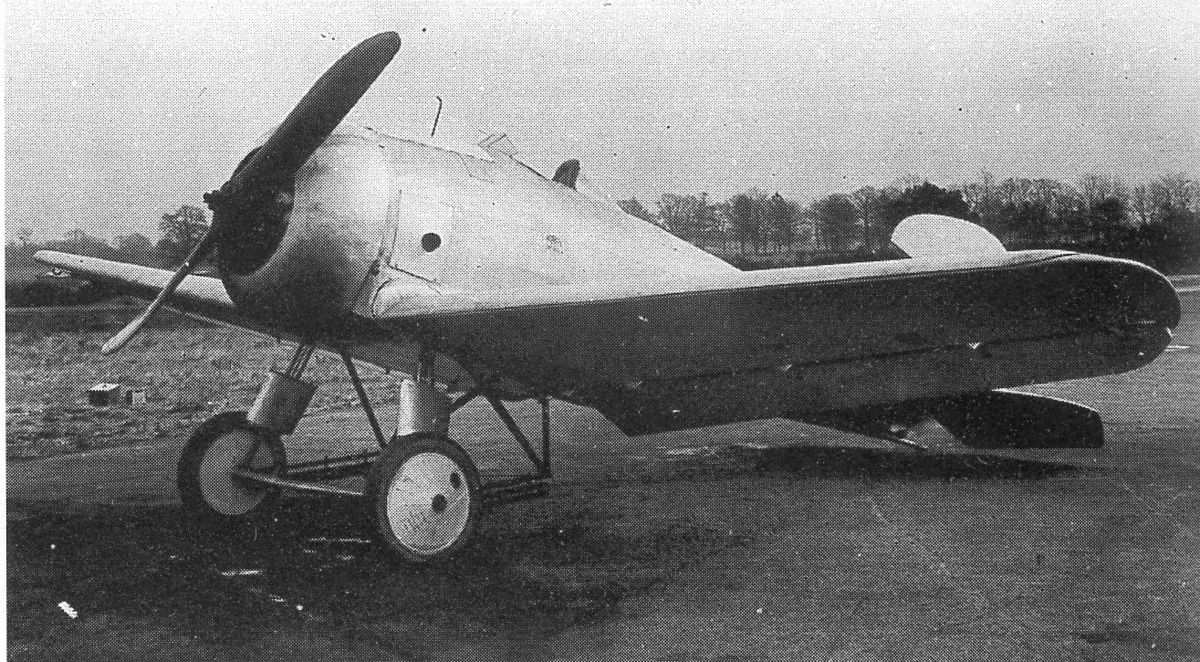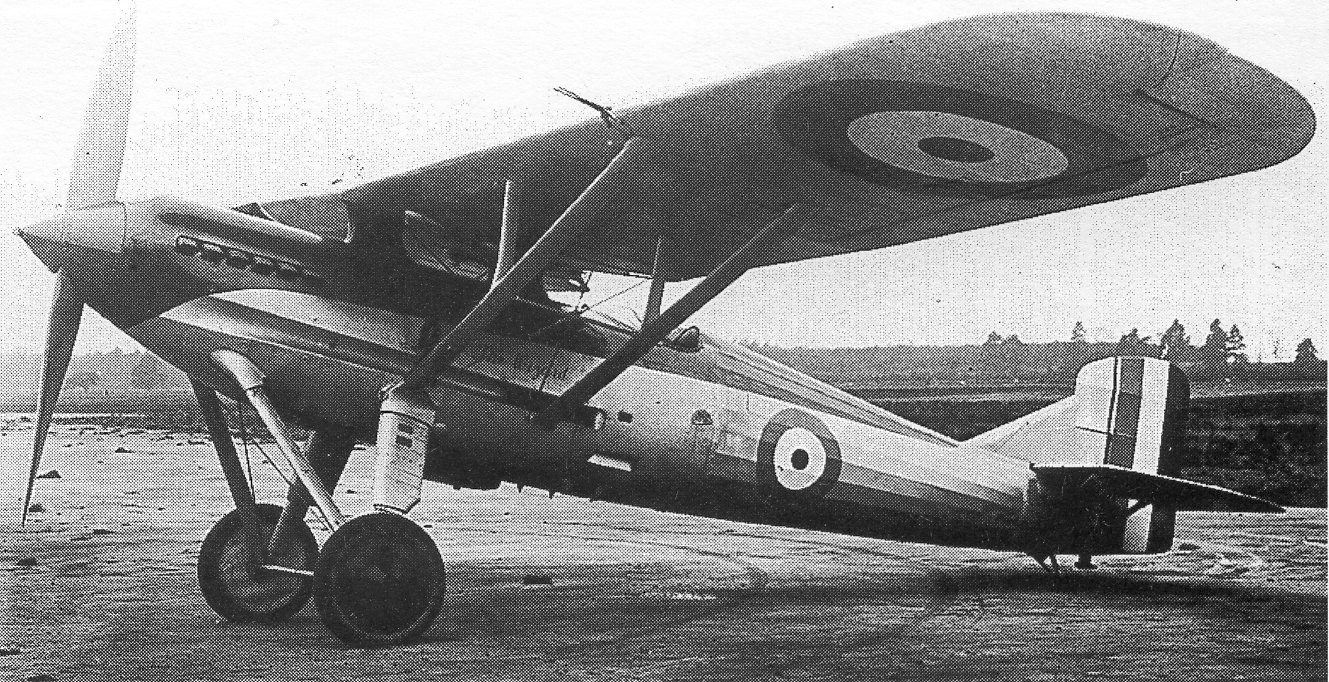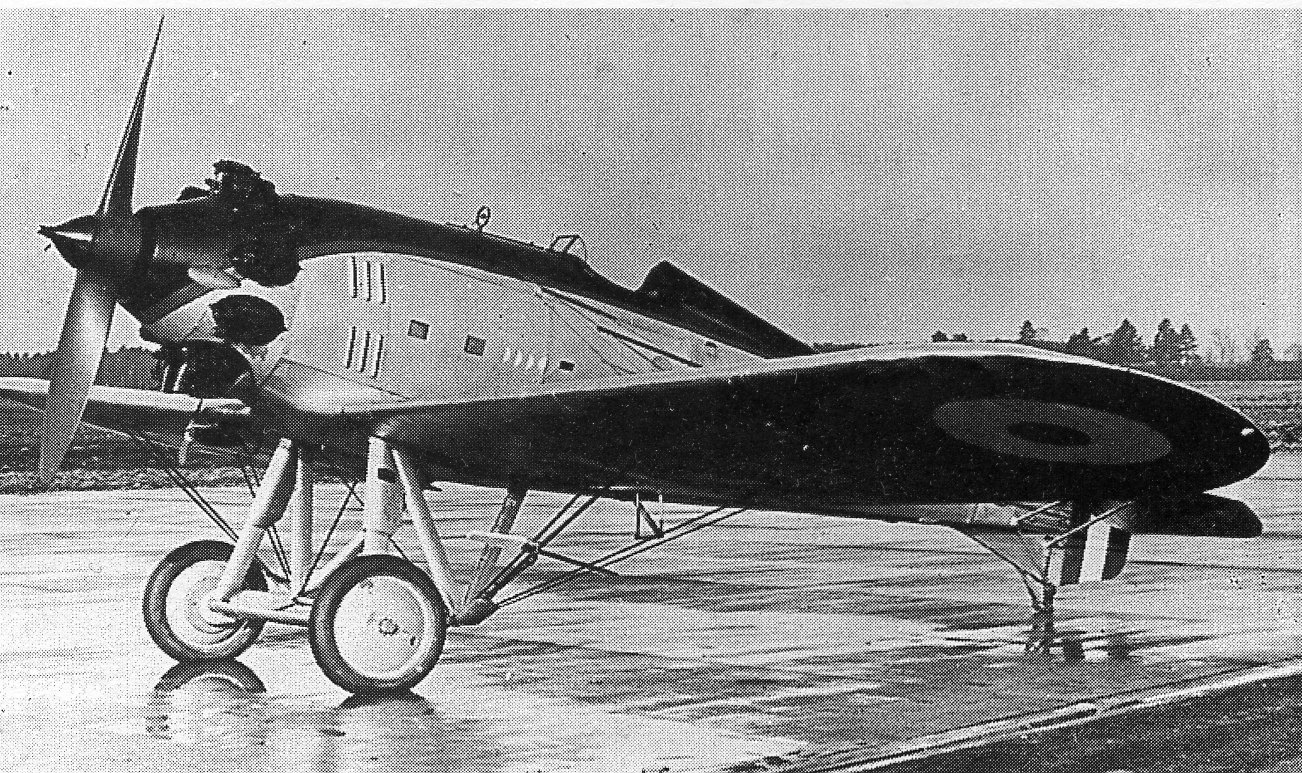One of the fascinating what-ifs is what would have happened if World War 2 had broken out over the 1936 Rhineland Crisis.
I mention this only because as far as I know noone has gamed air combat between possible combatants in 1936.
The RAF's biplane fighters might have performed better against the Luftwaffe than some think or?
Seems France built 381 Dewoitine D-500/501/510 and exported few of them - so at some point the AdA had large numbers of monoplane fighters de facto superior to the He-51; and a bit more advanced. Bleriot Spad S.510 was also pretty good late biplane.
Unfortunately March 7, 1936 was a weekend, and too close from the first round of legislative elections that would see Front Populaire victory - so nothing moved.
And September 1938 had AdA boss Henri Vuillemin depressed by a LW potemkine air show and telling PM Daladier "Don't fight, our aviation is miserable compared to the LW" (which wasn't true in 09/1938).
We need a TL were Giulio Douhet never existed or kicked the bucket early - and the fear of massive bombings against cities didn't scared the shit out of interbellum politicians.
Mind you, French politicians were truly paralyzed by that fear of Paris being bombed into rubble.
This led to very pathetic decisions such as
- "don't fight for the sudetes"
- "fighters are defensive weapons, bombers are offensive weapons"
- "don't provoque Germany or they will bomb Paris"
- "rebuild the Fighter command before buying modern bombers"
Sure, dude, by 1940 France had 360 modern fighters but only
27 modern bombers close enough from the Belgium border to try and stops the Panzers onslaught near Sedan on May 12. I kid you not: basically two squadrons of LeO-451 not built for that job, plus a handful of Breguets 693 survivors from the butchering they had taken in central Belgium (Tongres, Gembloux, Namur: 70% loss rates, wiped out in two attacks).
And so they had to send two squadrons of antiquated Amiot 143s bombers by day, and Farmans 220-series by night. Dinosaurs of aircraft...
Then again, Guernica and Rotterdam are proof that even the 1935-1940 LW bombers could do a lot of damage (while no Lancasters or B-17s by any mean, nor Dresde or Hambourg or Tokyo level of damage capable).

en.wikipedia.org

